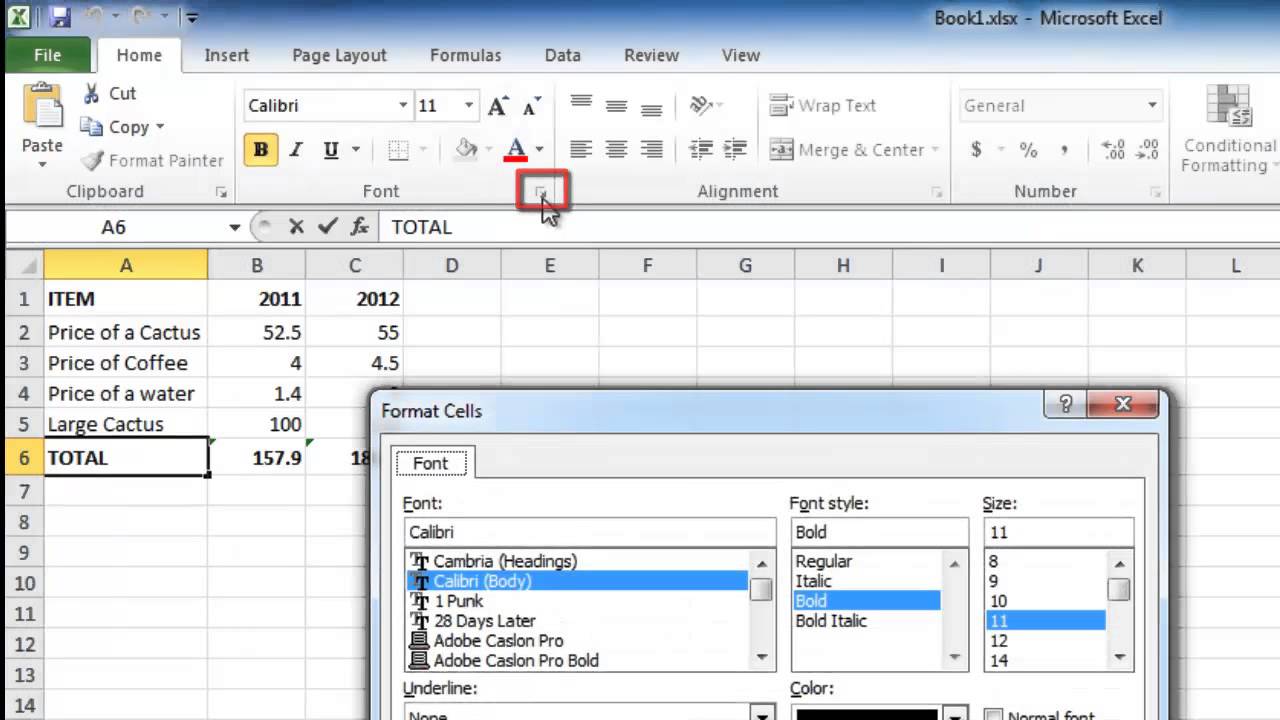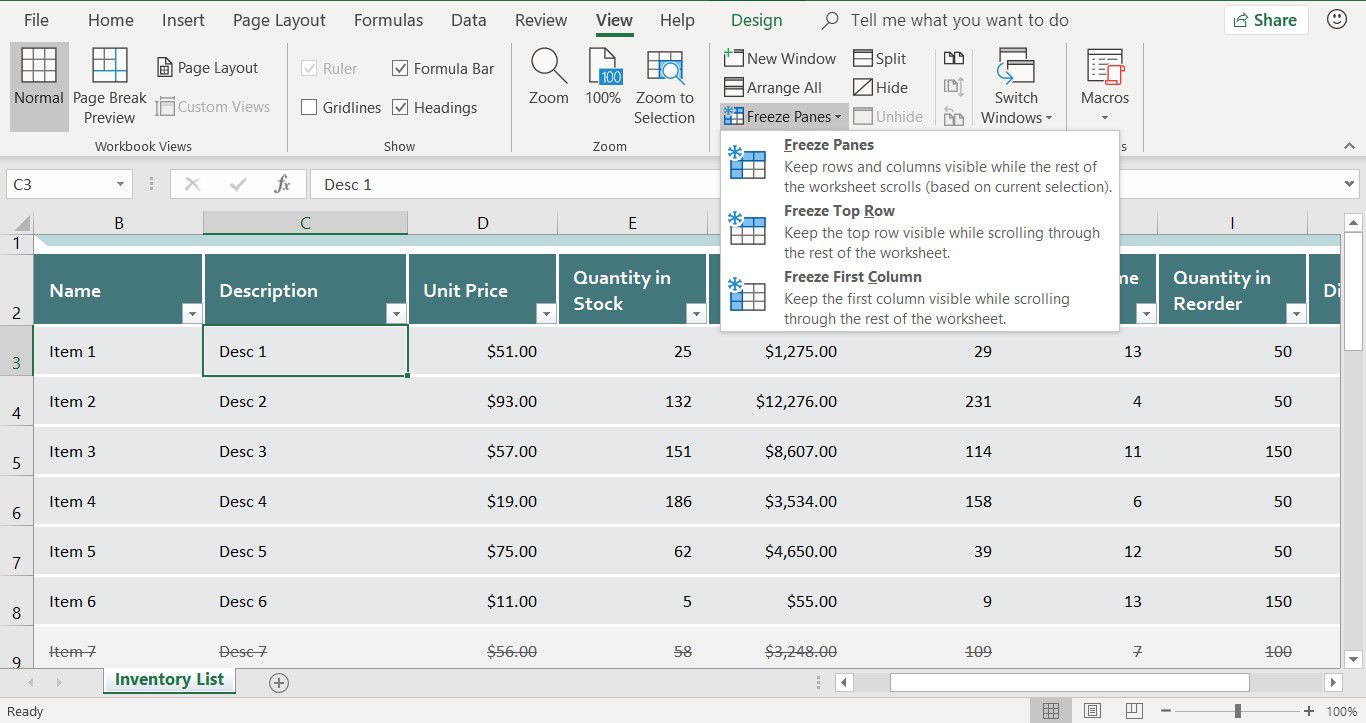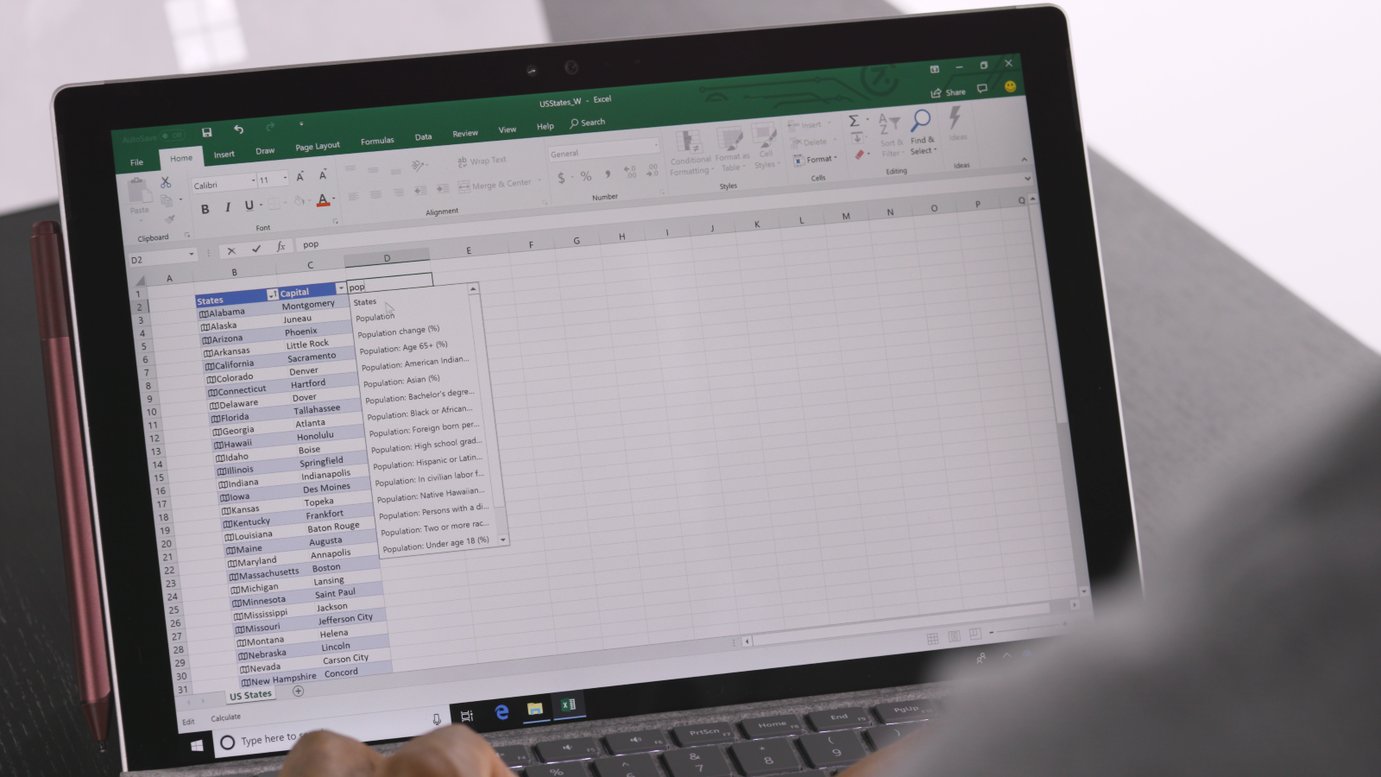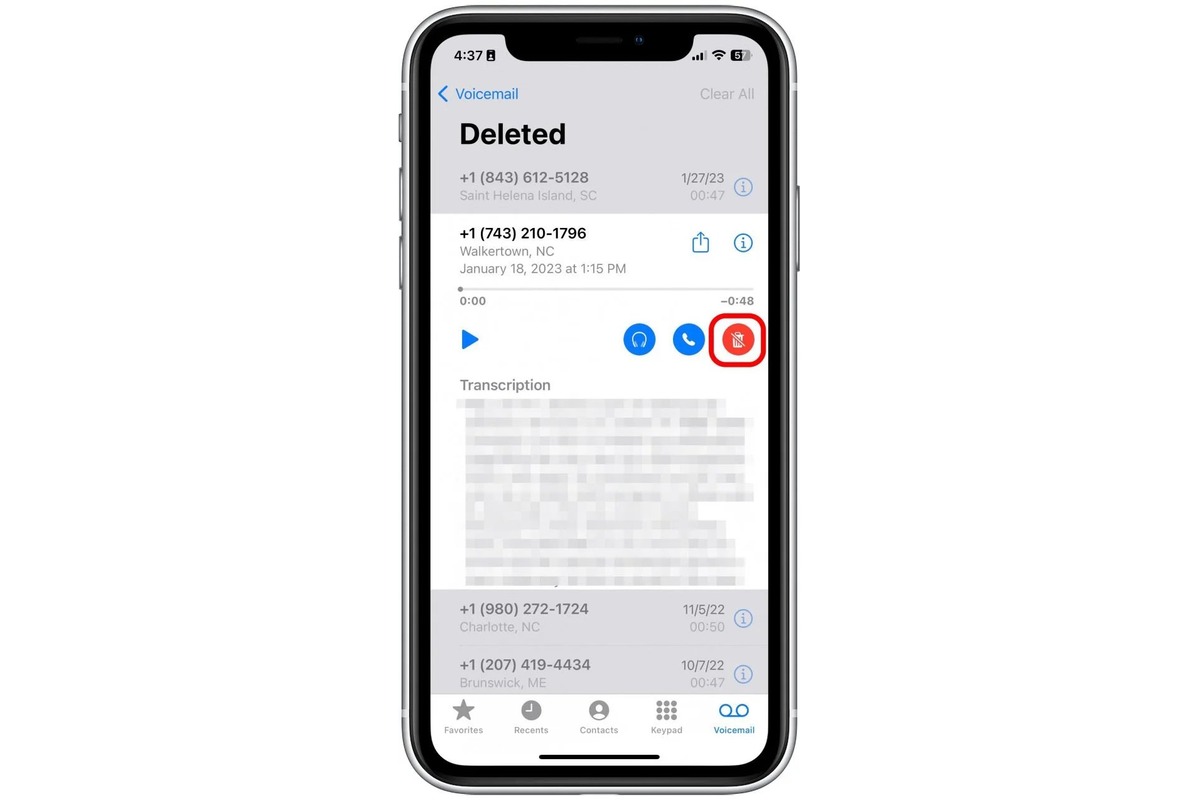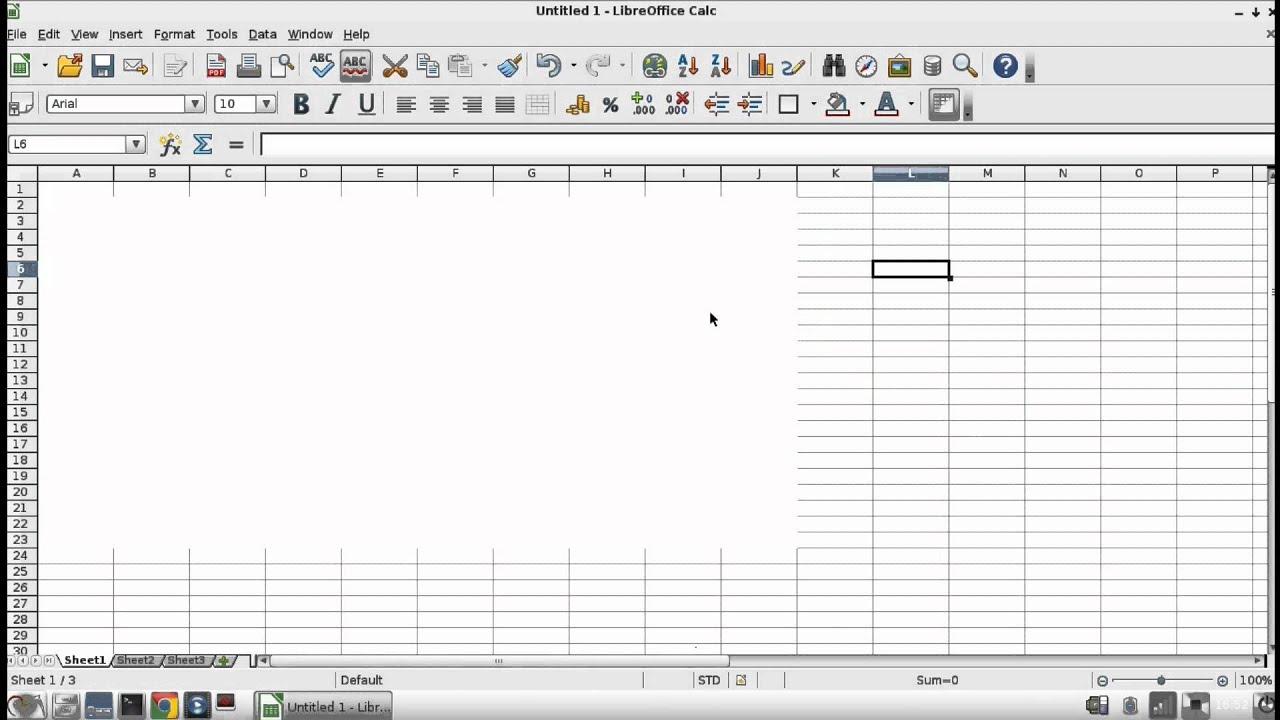Home>Technology and Computers>How To Delete An Excel Sheet
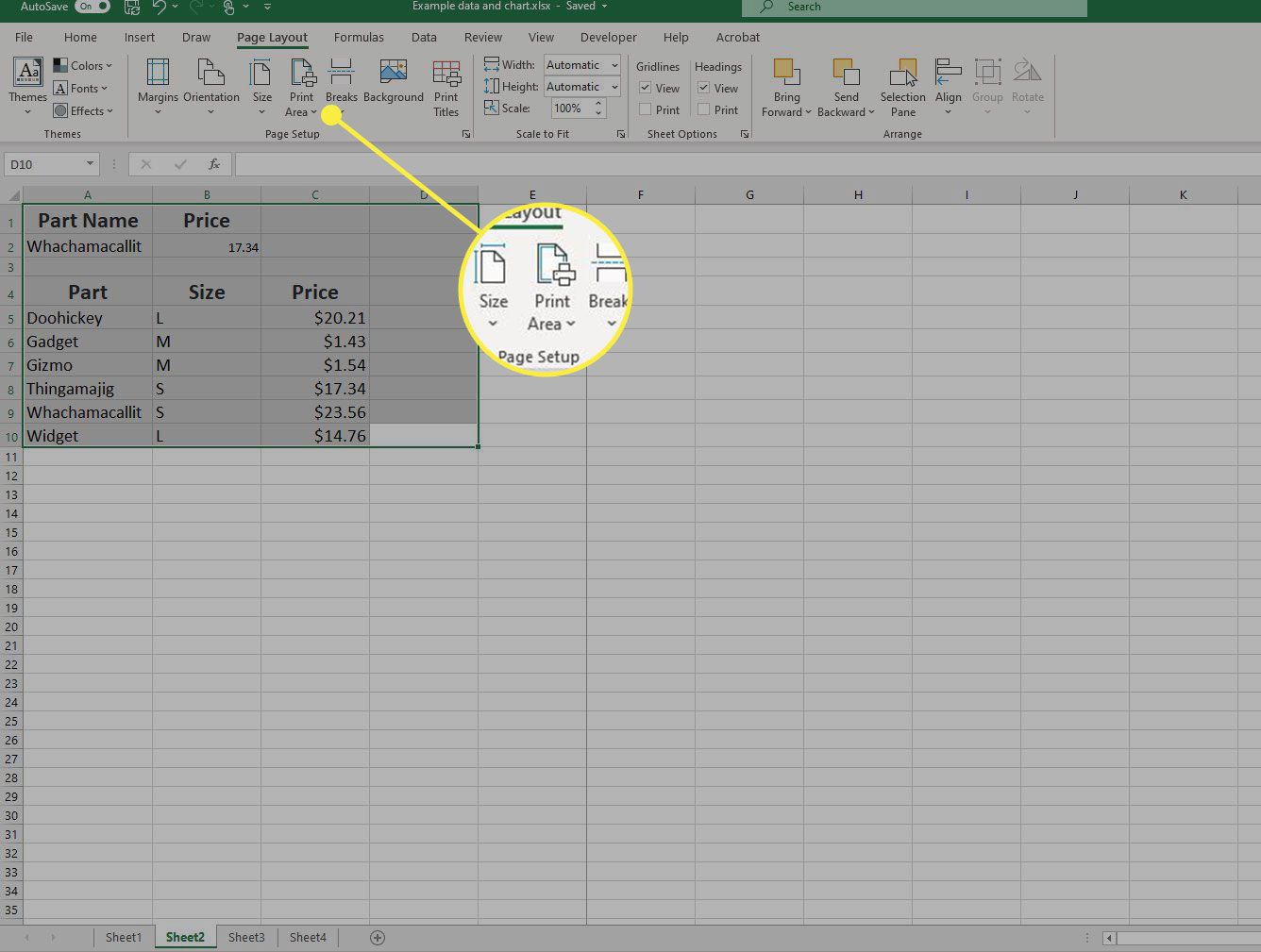

Technology and Computers
How To Delete An Excel Sheet
Published: March 2, 2024
Learn how to delete an Excel sheet easily with our step-by-step guide. Keep your technology and computer skills sharp with our helpful tips.
(Many of the links in this article redirect to a specific reviewed product. Your purchase of these products through affiliate links helps to generate commission for Noodls.com, at no extra cost. Learn more)
Table of Contents
Introduction
Deleting an Excel sheet is a common task that many users encounter while managing their spreadsheets. Whether you're streamlining your workbook or removing outdated data, knowing how to delete a sheet efficiently can save you time and effort. Excel provides a straightforward process for removing sheets, and understanding the steps involved can help you navigate this task seamlessly.
In this guide, we will walk through the step-by-step process of deleting an Excel sheet. By following these instructions, you will be able to tidy up your workbooks and optimize your data management. Whether you're a seasoned Excel user or just getting started, mastering this fundamental skill will enhance your proficiency in spreadsheet management.
Let's delve into the details of how to delete an Excel sheet, empowering you to declutter your workbooks with ease.
Read more: How To Duplicate A Sheet In Excel
Step 1: Open the Excel file
To begin the process of deleting an Excel sheet, you first need to open the Excel file containing the sheet you wish to remove. Launch Microsoft Excel on your computer, and then navigate to the location where the file is stored. Once you have located the file, double-click on it to open it within the Excel application.
Upon opening the Excel file, you will be presented with the workbook containing multiple sheets, each representing a different set of data or calculations. The sheet tabs are typically located at the bottom of the workbook window, allowing for easy navigation between the various sheets within the file.
If the workbook contains a large number of sheets, you may need to scroll through the sheet tabs to locate the specific sheet that you intend to delete. Alternatively, you can use the navigation controls at the bottom of the window to move between the sheets more efficiently.
Once you have identified the sheet that you want to delete, you are ready to proceed to the next step in the process. It's important to ensure that you have selected the correct sheet before initiating the deletion, as this will prevent accidental removal of important data.
With the Excel file open and the target sheet identified, you are now prepared to move on to the subsequent steps, which will guide you through the process of deleting the selected sheet from the workbook.
Step 2: Select the sheet to be deleted
Before proceeding with the deletion of an Excel sheet, it is crucial to accurately select the specific sheet that you intend to remove. Excel workbooks often contain multiple sheets, each serving a distinct purpose, such as storing different sets of data, calculations, or visual representations. Therefore, ensuring that the correct sheet is chosen for deletion is essential to prevent the inadvertent loss of valuable information.
To select the sheet to be deleted, you can simply click on the corresponding tab at the bottom of the Excel workbook. The selected sheet will be highlighted, indicating that it is the active sheet within the workbook. This visual cue helps to confirm that you have indeed chosen the correct sheet for deletion.
In some cases, the sheet names may not be fully visible within the tab area due to space constraints. If this occurs, you can hover your mouse pointer over the tabs to reveal the full names of the sheets, facilitating accurate selection. Additionally, Excel provides navigation controls that allow you to scroll through the sheet tabs if the workbook contains a large number of sheets.
Another method for selecting a sheet involves using the keyboard shortcuts provided by Excel. By pressing the Ctrl and Page Up or Page Down keys, you can cycle through the sheets in the workbook, enabling quick and efficient selection.
Furthermore, if you are working with a touch-enabled device, such as a tablet or touchscreen laptop, you can directly tap on the sheet tab to select it for deletion. This intuitive interaction simplifies the process, especially for users who prefer touchscreen navigation.
Once you have successfully selected the sheet to be deleted, it will be visibly highlighted, signifying that it is the active sheet within the workbook. This confirmation ensures that you are prepared to proceed with the next steps for removing the selected sheet from the Excel workbook.
By accurately selecting the sheet to be deleted, you are taking a crucial step towards maintaining the integrity of your data and preventing accidental loss of information. With the correct sheet now identified, you are ready to advance to the subsequent steps, which will guide you through the seamless deletion process.
This meticulous selection process ensures that you have full control over the deletion action, minimizing the risk of unintended data loss and empowering you to manage your Excel workbooks with confidence.
Step 3: Right-click on the sheet tab
After accurately selecting the sheet that you wish to delete, the next step involves initiating the deletion process by right-clicking on the corresponding sheet tab. This action triggers a context menu that provides a range of options for managing the selected sheet within the Excel workbook.
To right-click on the sheet tab, position your mouse pointer directly over the tab representing the sheet that you intend to remove. Once the pointer is positioned, click the right mouse button to prompt the appearance of the context menu. This menu is a dynamic interface that offers various commands and functionalities tailored to the specific element or area where the right-click action is performed.
Upon right-clicking on the sheet tab, a contextual menu will emerge, presenting a selection of options related to sheet management. Among the available choices, you will encounter commands for inserting new sheets, renaming existing sheets, moving or copying sheets to different locations within the workbook, and, most importantly, deleting the selected sheet.
The "Delete" option is the primary focus at this stage, as it directly pertains to the task at hand. By hovering your mouse pointer over the "Delete" command within the context menu, you will be presented with a sub-menu or a prompt that confirms the deletion action. This additional step serves as a safeguard, ensuring that you are intentionally proceeding with the removal of the selected sheet.
The right-click action serves as a pivotal moment in the deletion process, as it signifies the transition from sheet selection to the execution of the deletion command. This deliberate interaction with the sheet tab activates the contextual menu, empowering you to access the necessary tools for managing the sheets within your Excel workbook.
By right-clicking on the sheet tab and engaging with the context menu, you are leveraging the intuitive interface of Excel to streamline the deletion process. This user-friendly approach enhances the overall experience of managing Excel sheets, allowing you to efficiently navigate through the various options and commands available for sheet management.
With the right-click action successfully executed, you are now poised to proceed to the subsequent steps, which will guide you through the final stages of confirming and completing the deletion of the selected sheet from the Excel workbook.
Step 4: Choose "Delete" from the menu
Upon right-clicking on the sheet tab and accessing the context menu, you will be presented with a set of options tailored to managing the selected sheet within the Excel workbook. Among these options, the crucial command for initiating the deletion process is "Delete." This pivotal action marks the transition from considering the deletion to confirming and executing the removal of the selected sheet.
To proceed with the deletion, carefully position your mouse pointer over the "Delete" option within the context menu. Upon hovering over this command, a sub-menu or prompt may appear, providing an additional layer of confirmation to ensure that you intend to proceed with the deletion. This deliberate approach serves as a safeguard, preventing accidental removal of the sheet and reinforcing your control over the deletion action.
Once you have confidently selected the "Delete" option, either by clicking directly on it or following any additional prompts, the deletion process will be initiated. Excel will promptly execute the command, removing the selected sheet from the workbook. This seamless action streamlines the management of your Excel file, allowing you to efficiently declutter your workbooks and optimize your data organization.
Choosing "Delete" from the menu represents the definitive step in the deletion process, signifying your commitment to removing the selected sheet from the Excel workbook. This deliberate action empowers you to maintain precision and control over your data management, ensuring that only the intended sheets are modified or removed from your workbooks.
By confidently selecting "Delete" from the menu, you are leveraging the intuitive interface of Excel to streamline the deletion process. This user-friendly approach enhances the overall experience of managing Excel sheets, allowing you to efficiently navigate through the various options and commands available for sheet management.
With the successful execution of the "Delete" command, you are now prepared to advance to the final step, which will guide you through confirming the deletion and completing the removal of the selected sheet from the Excel workbook.
Read more: How To Delete A Row In Excel
Step 5: Confirm the deletion
After selecting the "Delete" option from the context menu, Excel prompts a confirmation dialog to ensure that the deletion is intentional. This additional step serves as a crucial safeguard, preventing accidental removal of the sheet and providing a final opportunity to verify the deletion action.
The confirmation dialog typically includes a message that explicitly states the consequences of deleting the sheet, such as the permanent removal of all data and formatting contained within the sheet. This clear communication is designed to prompt careful consideration before proceeding with the deletion. Additionally, the dialog may include a confirmation button, such as "OK" or "Yes," which, when clicked, finalizes the deletion process.
Upon encountering the confirmation dialog, it is essential to review the message and verify that the correct sheet is being deleted. This moment of pause allows you to double-check your selection and ensure that the intended sheet is indeed the one being removed. By taking this brief moment to confirm the deletion, you are exercising caution and attentiveness, minimizing the risk of unintentional data loss.
Once you have carefully reviewed the confirmation message and confirmed your intent to delete the sheet, you can proceed by clicking the designated confirmation button. This decisive action signifies your commitment to the deletion, prompting Excel to execute the removal of the selected sheet from the workbook.
By confirming the deletion, you are actively acknowledging and approving the permanent removal of the selected sheet. This deliberate interaction with the confirmation dialog reinforces your control over the deletion process, ensuring that only the intended sheets are modified or removed from your Excel workbooks.
After confirming the deletion, Excel promptly executes the command, seamlessly removing the selected sheet from the workbook. This swift and efficient action streamlines your data management, allowing you to declutter your workbooks and optimize your data organization with confidence.
With the successful confirmation of the deletion, you have completed the final step in the process of removing a sheet from an Excel workbook. This meticulous approach empowers you to maintain precision and control over your data management, ensuring that only the intended sheets are modified or removed from your workbooks.
Conclusion
In conclusion, mastering the process of deleting an Excel sheet is a fundamental skill that empowers users to efficiently manage their workbooks and optimize their data organization. By following the step-by-step guide outlined in this article, you have gained valuable insights into the seamless deletion process within Excel, enabling you to confidently navigate through the necessary actions and commands for removing specific sheets from your workbooks.
Understanding the importance of accurately selecting the sheet to be deleted is a pivotal aspect of this process. By meticulously choosing the correct sheet and leveraging the intuitive interface of Excel, you have exercised precision and control over the deletion action, minimizing the risk of unintended data loss. This deliberate approach ensures that only the intended sheets are modified or removed, reinforcing your confidence in managing your Excel workbooks.
Furthermore, the deliberate interactions with the right-click context menu and the subsequent confirmation dialog have empowered you to maintain a proactive approach to sheet management. By engaging with these dynamic interfaces, you have seamlessly navigated through the available options and commands, reinforcing your proficiency in managing Excel sheets with precision and attentiveness.
The confirmation dialog, in particular, serves as a crucial checkpoint, prompting careful consideration before finalizing the deletion. This moment of pause allows you to verify your intent and ensure that the correct sheet is being removed, further enhancing your control over the deletion process.
By successfully completing the deletion process, you have decluttered your Excel workbook, optimizing your data organization and streamlining your workflow. This newfound proficiency in managing Excel sheets will undoubtedly enhance your productivity and efficiency when working with complex workbooks, allowing you to maintain a structured and organized approach to data management.
In essence, the ability to delete Excel sheets with confidence and precision is a valuable skill that contributes to a seamless and efficient workflow. By mastering this fundamental aspect of Excel management, you are well-equipped to navigate the intricacies of data organization and workbook optimization, empowering you to excel in your spreadsheet-related endeavors.




